The coronavirus has created an intensely stressful environment, requiring everyone to confront unprecedented unknowns and deal with major changes to their way of life—from healthcare professionals to the general public. The uncertainty requires coping skills, but many individuals are unsure exactly what that entails. What is “resilience building,” and how can you start to implement it in your own life?
“What I mean by building resilience is minimizing the impact of stress on your emotional, mental, and physical well-being. It doesn’t mean you’re impervious to stress. You’re still going to feel your stress, but it’s how you adapt to that stress and develop coping strategies within those stressful situations,” states Dr. Christina Bowen, Medical Director at Outer Banks Health’s Center for Healthy Living.
HOW TO COPE WITH THE ISOLATION OF SOCIAL DISTANCING
One of the most unfamiliar aspects of the pandemic is social distancing. While critical for preventing the spread of the virus, many are struggling with the isolation. Unable to make human connections, extroverts, in particular, are having a difficult time adapting to this new normal.
Dr. Bowen assures that social distancing doesn’t have to mean social isolation. “It’s a blessing we have social media. We’re able to FaceTime our loved ones. We’re able to use Zoom to have Bible study, still have book clubs, and connect with those people we love,” she notes.
Other ideas Dr. Bowen says you might find helpful include:
- Going out onto your porch a certain time every day to greet your neighbor from a safe social distance.
- Walking outside in the neighborhood and being able to wave to your neighbors as you walk by.
- Finding a positivity partner that you connect with.
Outer Banks Health and ECU Health offer an employee assistance program that’s available for patients and team members, designed specifically for those having a difficult time with social isolation.
“We do see increased feelings of anxiety and sometimes feelings of depression. We’re lucky we have tele-health services, and we’re able to connect our team members with an employee assistance program should they feel they need a bit more counseling and help during this time,” explains Dr. Bowen.
BUILD A BASE WITH IMMUNE-BOOSTING NUTRITION
It’s tempting to turn to comfort foods, especially when those feelings of fear and anxiety take hold. However, it’s important to eat the foods that will both support your immune system and keep you in an overall healthy state of being.
Dr. Bowen advises eating a diet that is centered on plants, getting five to seven servings of fruits and veggies per day, as well as beans, seeds, grains, and nuts. She also encourages people to incorporate more fermented foods into their daily regimen, which will help bolster the immune system. Options include yogurt, kimchi, and kombucha.
And, as difficult as it may seem, Dr. Bowen cautions staying away from processed foods and sugary drinks. “Try to really think about everything you put in your body during this time. You really want it to nourish your body and to serve your body, to help it be as strong as it can be.”
3 Additional Steps to Well-Being
Three additional practices Dr. Bowen encourages are mindfulness, proper sleep, and creating structure. All three contribute to a healthy body and a healthy mind.
Mindfulness: “A lot of this starts with self-compassion and nurturing ourselves; being in the present moment. We are going to have fear, we are going to have some anxiety and that’s okay. We’re grieving the loss of ‘normal.’ Mindfulness allows us to sit with those feelings without any judgment. And then to move forward in a positive way and think about what you can do right now to take care of yourself, improve your environment, or to stay connected.”
Sleep: The bedroom should be a sacred place for sleep—and sleep mostly. Avoid watching TV, especially the news, before heading to bed. Instead, use that time to journal or listen to a sleep story or calming music. Keep your bedroom cool, clean, and crisp. And dark. “Sleep is one of the number-one things we know that really helps to keep our immune system healthy and is one way we’re going to fight off infection.”
Structure: Being at home all day, even if you’re working, has its own considerations. You don’t want to get into the habit of sleeping late or wearing your pajamas all day. Dr. Bowen suggests approaching each day with intention—making time for exercise, meal-prep, or even home projects. Make a list, and stick to it. Set reminders on a mobile app if that helps you stay on track. “It’s a wonderful time to really start making some very intentional and mindful choices with taking care of yourself.”
TAKE ACTION
The atmosphere surrounding COVID-19 will take some getting used to. But, by taking a proactive approach, and implementing Dr. Bowen’s advice, you may be able to mitigate some of the angst we’re all experiencing.
“They’re pretty simple steps… and you know what? Now you have space and time to do them.”
To listen to an interview on this topic with Dr. Christina Bowen, Medical Director at Outer Banks Health’s for Healthy Living, visit our podcast page by clicking here.


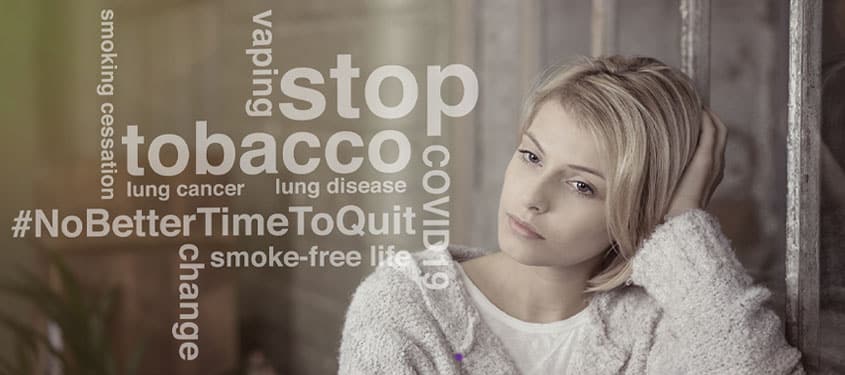
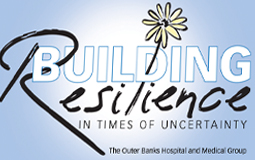
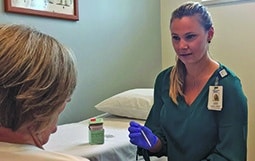
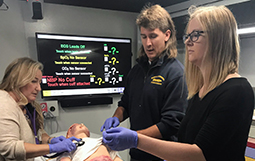
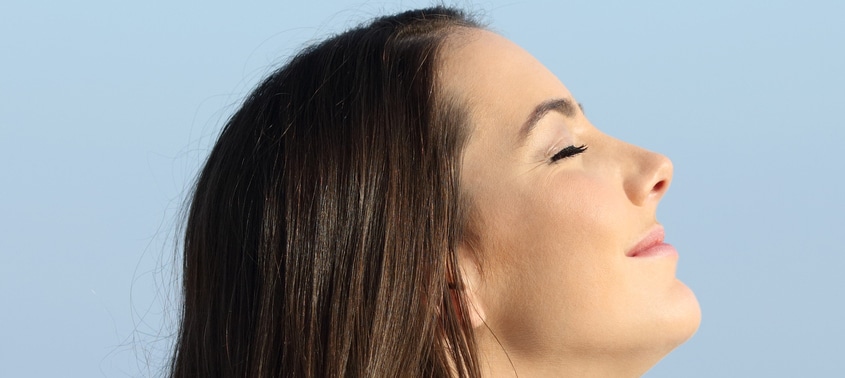



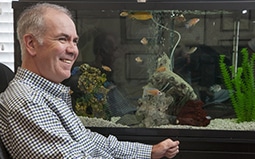

Recent Comments